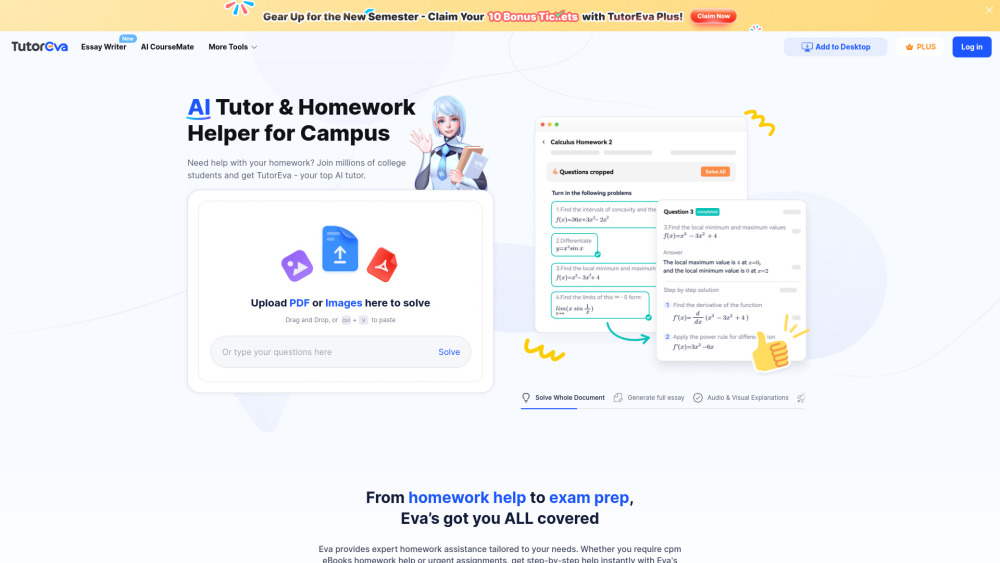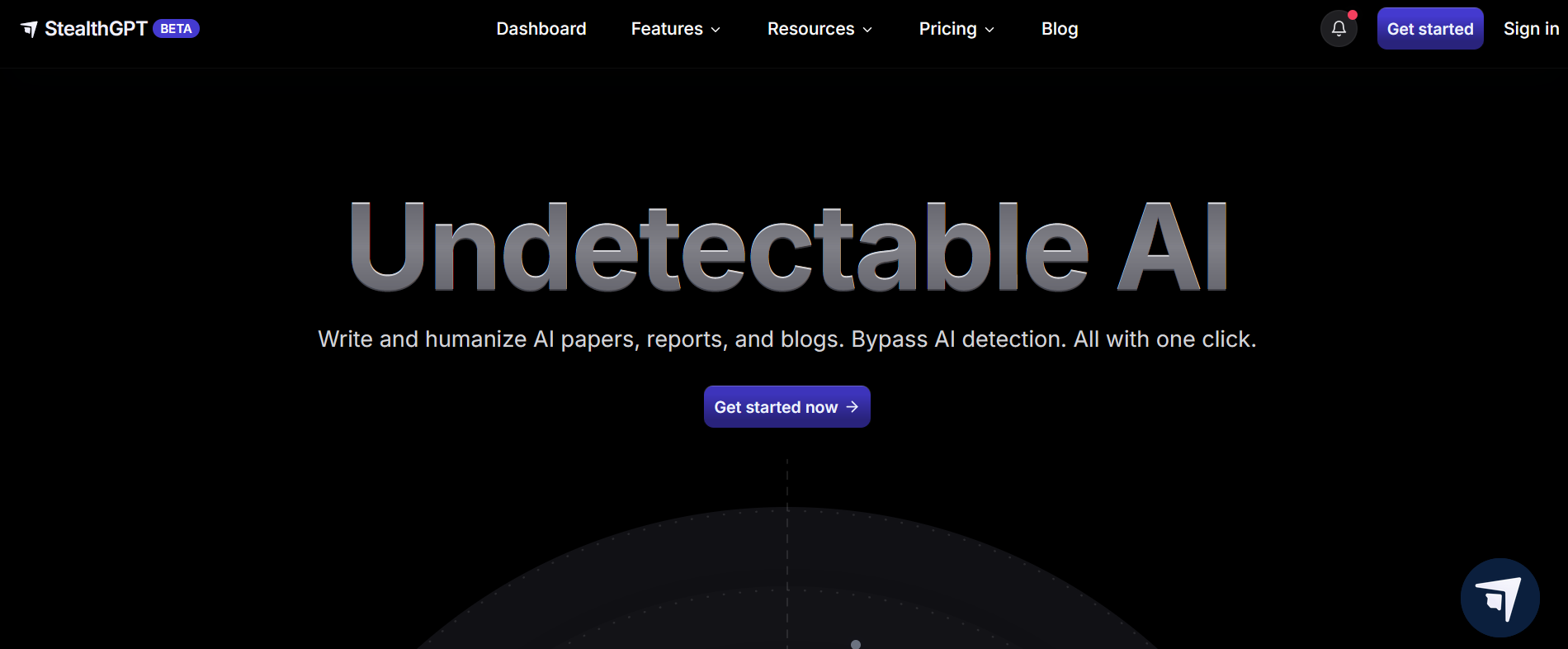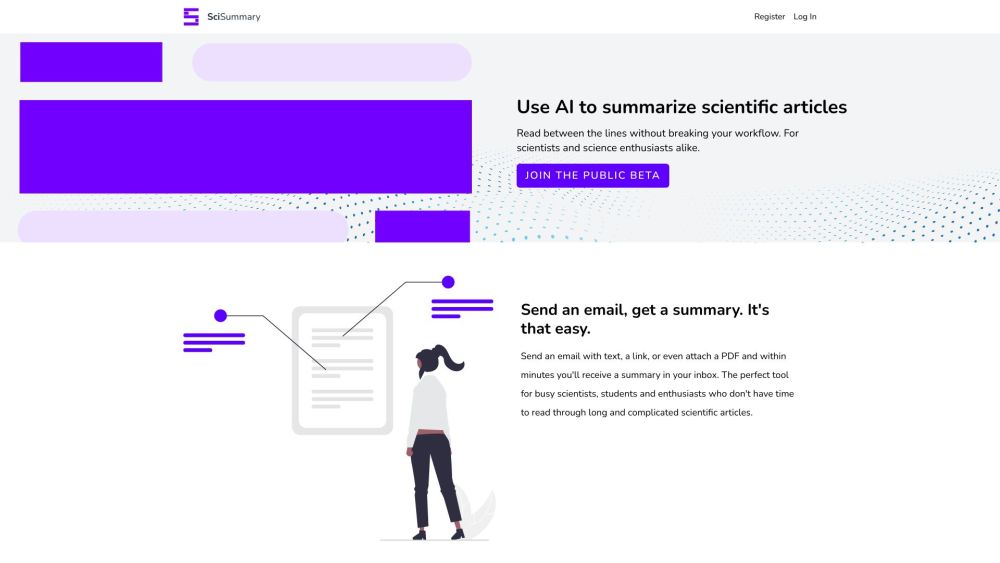Luma AI, based in San Francisco, unveiled Dream Machine 1.5 on Monday, showcasing significant advancements in AI-powered video generation. This new version of their text-to-video model features enhanced realism, refined motion tracking, and a more intuitive understanding of user prompts.
“Dream Machine 1.5 is here,” Luma AI announced on X.com. “Now with higher-quality text-to-video, smarter prompt interpretation, custom text rendering, and improved image-to-video! Level up.”
This release comes just two months after the model's initial launch, illustrating the rapid innovation within the AI video sector.
A standout improvement is the model's ability to render text directly within videos, addressing a challenge that has historically hindered AI models. This leap opens new avenues for creating dynamic title sequences, animated logos, and engaging graphics for presentations.
Breakthrough in text rendering: AI-generated videos now communicate your vision
An early access user (@aziz4ai) showcased the model's capabilities on X.com, revealing its skill in generating intricate visual effects. One notable example featured "iridescent liquid 3D text" forming the word “LUMA,” highlighting smooth motion and clarity.
Dream Machine 1.5 has also enhanced its performance with non-English prompts. The same user demonstrated this by requesting Arabic-language input that depicted “a man cutting meat on a wooden board, transforming the pieces into the words ‘prepared daily’ in a cinematic way.” The resulting video seamlessly integrated text and imagery, underscoring Dream Machine's multilingual capabilities.
The upgrade also includes substantial speed enhancements, generating five seconds of high-quality footage in roughly two minutes. This efficiency is vital for content creators and marketers needing to iterate quickly on visual concepts.
Democratizing AI video: Luma AI outpacing competitors like OpenAI and Kuaishou
Luma AI’s strategy of maintaining broad access to Dream Machine has established it as a significant player in the competitive AI video generation market. While the landscape grows increasingly crowded, Luma's commitment to continuous enhancement and public availability distinguishes it from rivals.
In contrast, OpenAI’s Sora, although powerful, remains in closed beta, limiting real-world testing and implementation. Kuaishou’s Kling, which was made available to the public about a month ago, has quickly gained popularity. Yet, Luma AI's extended period of user access has allowed it to amass a substantial user base and gather critical feedback.
This early involvement has provided Luma AI with the insight needed to refine its model based on diverse user needs. The introduction of Dream Machine 1.5 reflects the company’s dedication to rapid iteration, utilizing user feedback to address specific challenges and enhance key features for creators.
Industry analysts suggest that this approach to “democratized development” could produce more robust and versatile AI video tools. The variety of content created by users across different sectors offers Luma AI a rich dataset for ongoing improvement, potentially accelerating its development cycle beyond that of closed systems.
However, this open model presents challenges. As AI-generated video becomes more sophisticated, concerns about potential misuse—including deepfakes and misleading content—continue to grow. The industry is striving to establish effective detection methods and ethical guidelines. Luma AI's leadership during this democratization phase gives it a unique platform to advocate for responsible AI usage, although the company has yet to publicly articulate its stance on these critical issues.
As the AI video generation landscape develops, Luma AI's emphasis on openness and rapid iteration could be a vital differentiator. While competitors like Kling are gaining momentum, Luma's established user base and longer history may provide a sustained advantage in shaping the future of AI-generated video content.
The future of visual content: Balancing innovation with ethics
Despite the challenges, the launch of Dream Machine 1.5 signifies a major leap forward in AI-generated video technology. As this technology evolves, it has the potential to transform industries from entertainment and advertising to education and journalism.
Currently, Luma AI appears focused on pushing the technical limits of what can be achieved. As one Twitter user noted, “The capabilities are stunning.” The impact of these advancements on the future of visual content creation and consumption remains to be seen.





